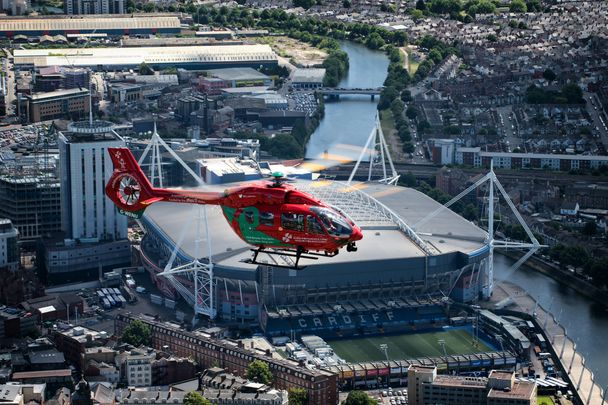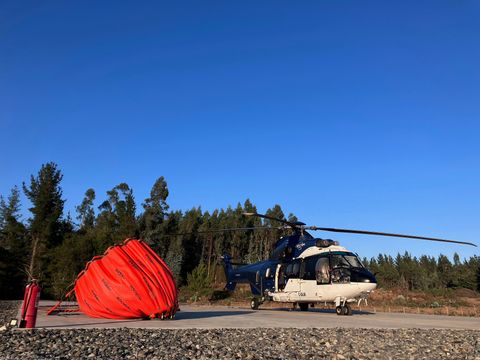UK HEMS - a charitable success story

A key point of pride for employees at Airbus Helicopters in the United Kingdom is the company’s provision of two-thirds of the nation’s helicopter emergency medical services (HEMS).
In a country where the HEMS network – known in the UK as air ambulances – is funded almost entirely by 21 local charities, the role of HEMS is high profile and passionately supported in each operator’s region. Maintaining the operation, which flies an average 126 missions each day, requires around£200 million of funding, the vast majority of which is provided by charitable donations.
Laying the groundwork for HEMS in the UK
Airbus and its predecessors have played a key role in the development of UK HEMS operations from its beginning in 1987, when a legacy Bo 105 helicopter started trial operations in the remote south-western peninsula of Cornwall.
Today, out of 48 helicopters operating or on order, in total, 31 are from Airbus Helicopters - almost half of them are H145s and virtually all the rest are H135s. Recent years have seen a trend towards the H145 as operators seek to install increasingly sophisticated medical equipment on board, but smaller charities may find the H135 more suitable. London’s Air Ambulance selected the H135 due to its focus on crowd safety and the frequent requirement to land in constrained urban locations.
At Airbus in the UK’s Oxford headquarters, the company also provides maintenance support for the helicopters of Yorkshire Air Ambulance and Devon Air Ambulance. That activity will shortly be transferred to the company’s superb new facility on the other side of the airfield, which will be operational in July providing spacious and state of the art working conditions with a 50% reduction in carbon emissions.
As in other countries, the introduction of the new five-bladed H145 in 2019 has been greatly welcomed in the HEMS community with operators such as Yorkshire Air Ambulance, and Midland Air Ambulance already opting for it, and East Anglia Air Ambulance adopting the five-bladed retrofit.

Only in Scotland – with its mountainous terrain, far-flung islands and widely dispersed population – is the funding/operating model different. The Scottish Air Ambulance Service is a government-financed arm of the ambulance service, operating H145s. Even in this scenario, the provision is supplemented by Scotland’s Charity Air Ambulance (SCAA) with two H135s.

Air ambulance operations are now integral part of the UK’s “999” emergency phone service, (equivalent to “911” or “112” emergency response elsewhere in the world), and their medical staff are largely seconded from the National Health Service’s (NHS) regional trusts. Such operations are typically tasked by the NHS, with their role being to deliver a critical care team to the scene of the incident , provide on-site care, fly patients to the most appropriate hospitals, and deliver them safely to the hospital personnel.
The charities’ autonomy has enabled them to experiment rapidly with clinical innovations, such as roadside REBOA (resuscitative endovascular balloon occlusion of the aorta), a technique for dealing with trauma to the aorta, and ECMO (extracorporeal membrane oxygenation), a form of life support that helps patients r who suffer from a serious illness or injury that affects the heart and lungs.
Across the country 32% of call-outs are medical emergencies – most commonly cardiac related – and 68% are traumatic injuries.



